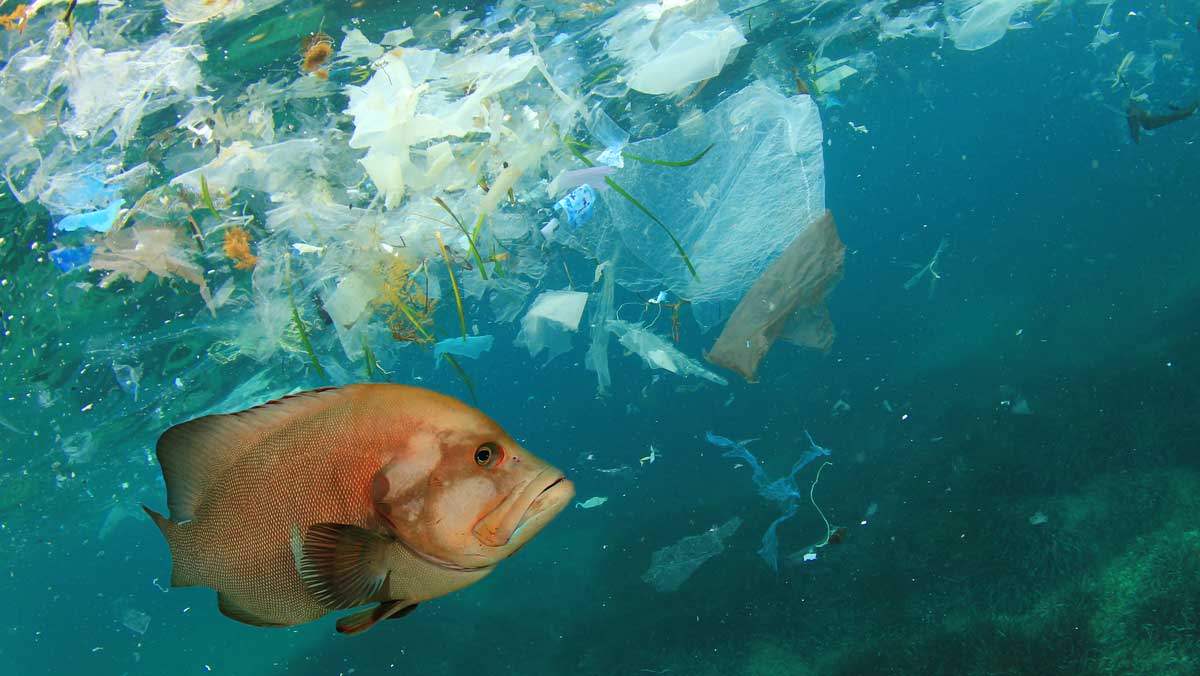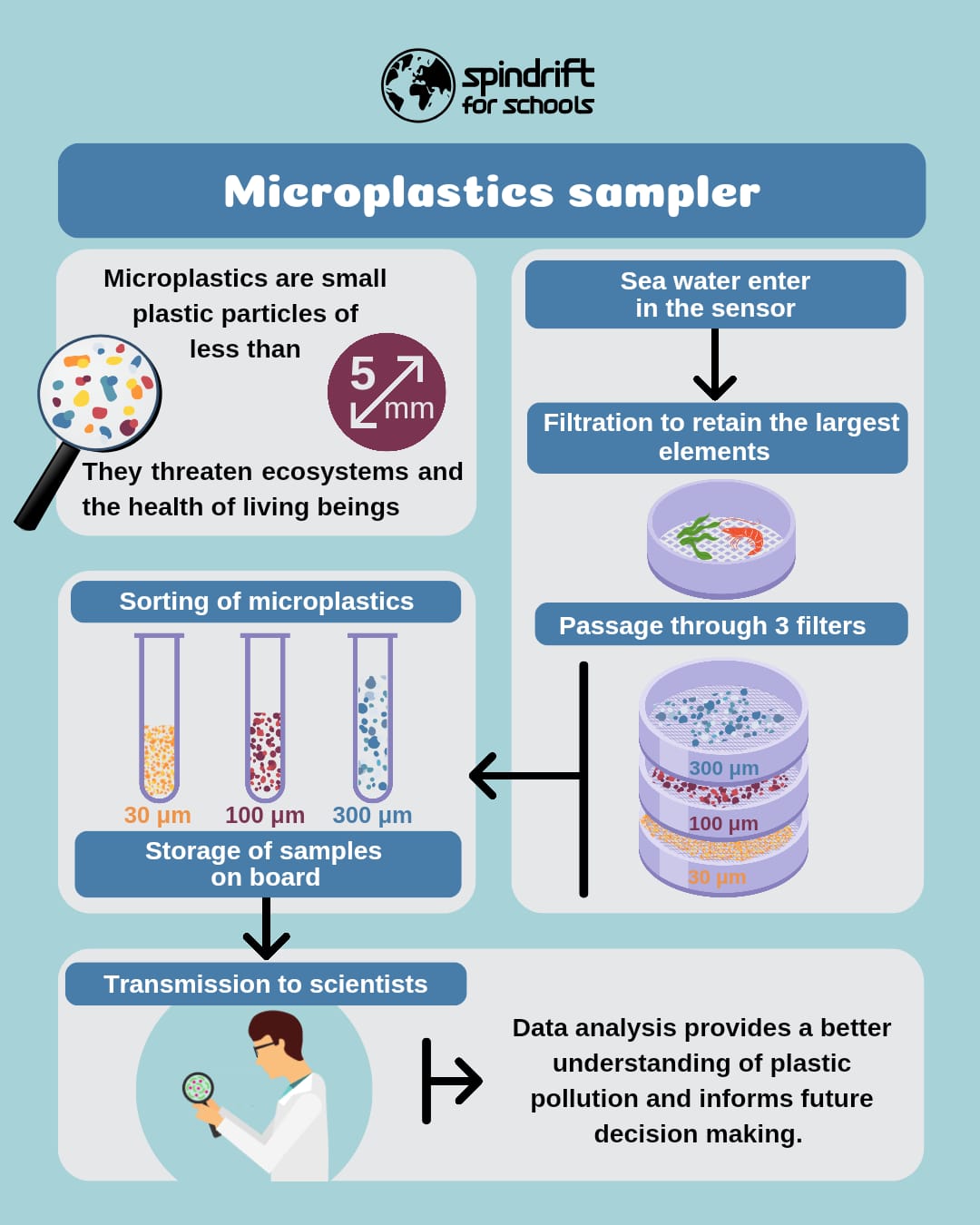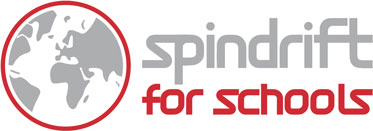With the aim of making itself useful to science by sailing around the world during the Jules Verne Trophy, the maxi-trimaran Sails of Change is equipped with an oceanographic sensor and a micro-plastic sampler.
Why is it so important to know the concentration of plastic in the oceans?
Every minute, the equivalent of a garbage truckload of plastic ends up in the ocean!
Over 99% of this plastic is made from chemicals derived from fossil fuels such as oil and natural gas. Its manufacture contributes to climate change and pollution worldwide. Many polluting additives that are harmful to human health are added to the plastic to achieve the desired material.

Plastic in the ocean has an impact on all animal and plant species. Marine mammals such as whales and dolphins are poisoned or suffocate by ingesting microplastics in the ocean. Gradually, the entire food chain is contaminated.
A WWF report from June 2019 suggests that humans may be consuming on average more than 100,000 microplastics each year, or 2,000 micro-particles each week. That's about 21 grams per month, just over 250 grams per year. *
Plastic produced by human activities on land 'travels' to the sea on winds, rivers and ocean currents and slowly breaks down into micro-particles as it travels. It often ends up trapped by "gyres" in inaccessible areas and becomes so tiny that it becomes impossible to recover. These fragments form small life rafts for invasive species but also for bacteria and viruses that spread diseases between continents.
(Find out more by downloading the Plastic Clever Schools educational kit produced with our British partners Commons Seas and Kids Against Plastic and by reading the article on the "plastisphere" entitled The Small World of Plastic on the Spindrift for Schools website.
It is therefore urgent to participate in a better understanding of plastic in the oceans in order to find adequate solutions.
Sails of Change is equipped with a microplastic sampler which measures the concentration of these fragments on the surface of the water several times a day.
How to measure the concentration of microplastics in seawater?

During the entire navigation of the maxi-trimaran Sails of Change, the seawater pumped from the ocean passively enters the pipes regardless of the speed of the boat. Some of it is directed to the oceanographic sensor and some to the microplastic sampler.
The water passes through several filters that will sort the plastic by size from 30 to 300 um.
On board the boat, a sailor is in charge of following a strict protocol consisting of collecting each sample, noting the date and time and replacing it with clean filters. The samples are stored on board until the boat arrives on land where they are collected by a scientific team who will analyse them.
All data collected by the maxi-trimaran will be shared in accordance with international standards and will be freely accessible.
The Sails of Change teams are working in collaboration with the best scientific partners in the field: Ifremer and the World Meteorological Organisation, which is coordinating these contributions through its local OceanOPS* office.
In the weeks and months following the boat's arrival, the scientific teams analyse the results of the samples and thus enrich their global database.
It is all of this data that will enable a better understanding of plastic pollution and solutions to be found.


